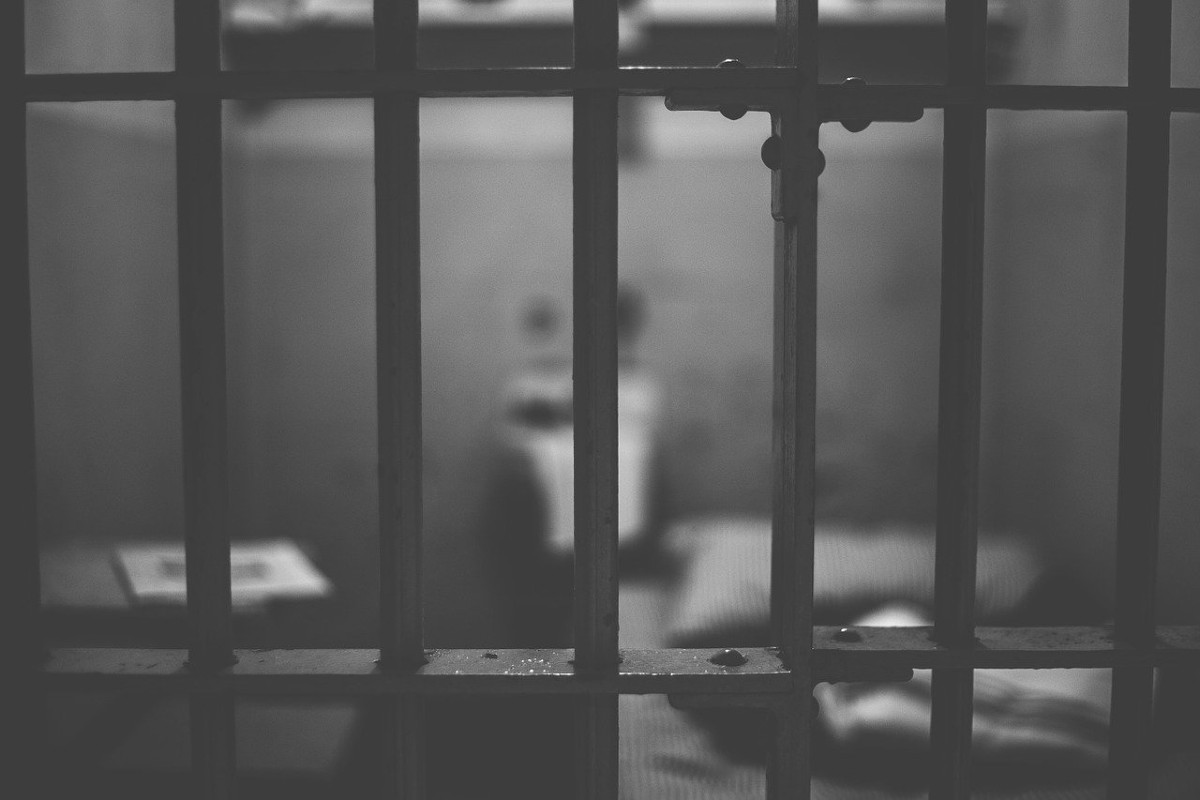
By Rodney Welch, special to Statehouse Report | When S.C. Department of Corrections Director Bryan Stirling arrived on the job in 2013, his first order of business was to find out how prisoners who had done their time were released back into society.
He was in for an eye-opening experience.
Typically around the end of the month, prisoners who had done their time were taken to the Greyhound bus station on Gervais Street in Columbia in the wee hours of the morning. He witnessed vulnerable people who were not adept as transitioning back into the world they had left behind.

“I was not really happy with what I saw,” Stirling told Statehouse Report in an exclusive interview this week. “I saw people who just weren’t prepared to re-enter society safely. I came back and set about changing how we did re-entry.”
In just a few years, the S.C. Department of Corrections has seen a precipitous drop in its prison population — from 24,000 inmates in 2010 to just under 16,000 today. In 2009, Statehouse Report issued a set of Palmetto Priorities, which included cutting the state’s prison population by 25 percent. That now has been accomplished.
While reducing the prison population was not Stirling’s original goal, addressing the needs of the prison population is one of several factors he points to that has led to the reduction in prisoners.
Former S.C. Circuit Judge Michael Baxley, now in private practice in Charleston, cites other reasons. Most people, he said, believe that too many people are incarcerated. But through the years, there has been better coordination between parole, probation and prison, which has resulted in a lower prison population.
“There’s also been a legislative push — {Democratic] Sen. Gerald Malloy of Darlingston has been in the forefront of this — in reconfiguring sentencing and attempting to find alternative sentencing,” Baxley said. “That’s why you see the flourishing of things like drug courts and mental health courts.”
Baxley also credited public-minded organizations, such as Turning Leaf in Charleston, that are “working in fighting recidivism with tremendous success.”
Knocking down barriers
For Stirling, it takes the cooperation of several state agencies to assure a former inmate’s smooth transition back into society. At Manning Correctional Institution, for example, he set up a workforce agency in the prison.
“We had a lot of barriers to successfully reentering society,” he said. “We had some private partnerships, Catholic charities, Department of Employment and Workforce (DEW), and others, to try to get identification driver’s license, birth certificates. As you know, if you don’t have some type of ID, you really can’t get a job.”
Also, a strong economy has kept businesses interested in hiring from this steady labor pool.
“We had business after business calling us trying to find people to come to work,” Stirling said. “We found that there needed to be welders, and [we’d] really push people into welding degrees, we found out that there needed to be truck drivers. … Because of all the gas tax money, we bought heavy equipment simulation so we could train people to re-enter successfully.”
Other state partners include the state Department of Alcohol and Other Drug Abuse Services, which offers medically-assisted treatment for prisoners with drug addictions. Also, there’s the Department of Health and Human Services which offers help for prisoners with mental health issues.
Keeping in touch
 Stirling said the agency encourages people leaving the prison system to stay in touch, particularly when they get in a tough situation that could put them back in jail. He gave the example of a former prisoner who was trying to get his driver’s license, and was becoming frustrated because it looked as if he lacked the proper papers. A phone call to his former warden, who contacted the state Department of Motor Vehicles, resolved the issue.
Stirling said the agency encourages people leaving the prison system to stay in touch, particularly when they get in a tough situation that could put them back in jail. He gave the example of a former prisoner who was trying to get his driver’s license, and was becoming frustrated because it looked as if he lacked the proper papers. A phone call to his former warden, who contacted the state Department of Motor Vehicles, resolved the issue.
Stirling also cited the new inmate classification system from February of last year as a forward step. Under the previous system, a professional with no criminal record but who got drunk and committed felony DUI might be placed in a cell with a violent career criminal.
“We’re spending the same amount of money on security and staffing and things of that nature for two people, one of which probably, more likely than not, will never commit a crime again, will do their time, won’t cause any problems in prison and doesn’t really need a lot of supervision. That DUI person probably needs to be in a medium security prison with other similarly situated people. That violent career-long criminal and gang member needs more security, needs to have more eyes on him and [would] also be victimizing the DUI person again and again, and we would need to separate them.”
Education helps smooth transitions, too
Education is another major factor in the transition process as prisoners in various parts of the state have the opportunity for tech school or even college.
Under a new “Pathway from Prison” program with Claflin College, to be launched early this year, prisoners will have the opportunity to gain a bachelor’s degree.
“Receiving a degree not only changes the inmate;s life — it changes the lives of entire families,” according to Nena Staley, the Department of Corrections deputy director of Programs, Reentry and Rehabilitative Services . “We look forward to seeing many successful family stories as part of this program.”
Rodney Welch is a freelance reporter who lives in Elgin, S.C. Have a comment? Send to: feedback@statehousereport.com.



Every southern state needs to adopt these measures,this could happen with the election of progressive legislatures and governors.
This is just a bunch of lies and chest pupping for Sterling. If citizens new the truth some would be appalled. Thank a prison volunteer for the efforts that do. SCDC does nothing but p
Oppress them further. Tired of the lies.
I and several of my colleagues at the USC-Salkehatchie campus of USC taught in the prison education program in Estill. Prison education is on of the most successful tools to battle recidivism and, as educators, the ending of the program due to changes in student grant programs was a real loss. Some of our best students, (and most interesting) were prisoners. We remember fondly our time there.